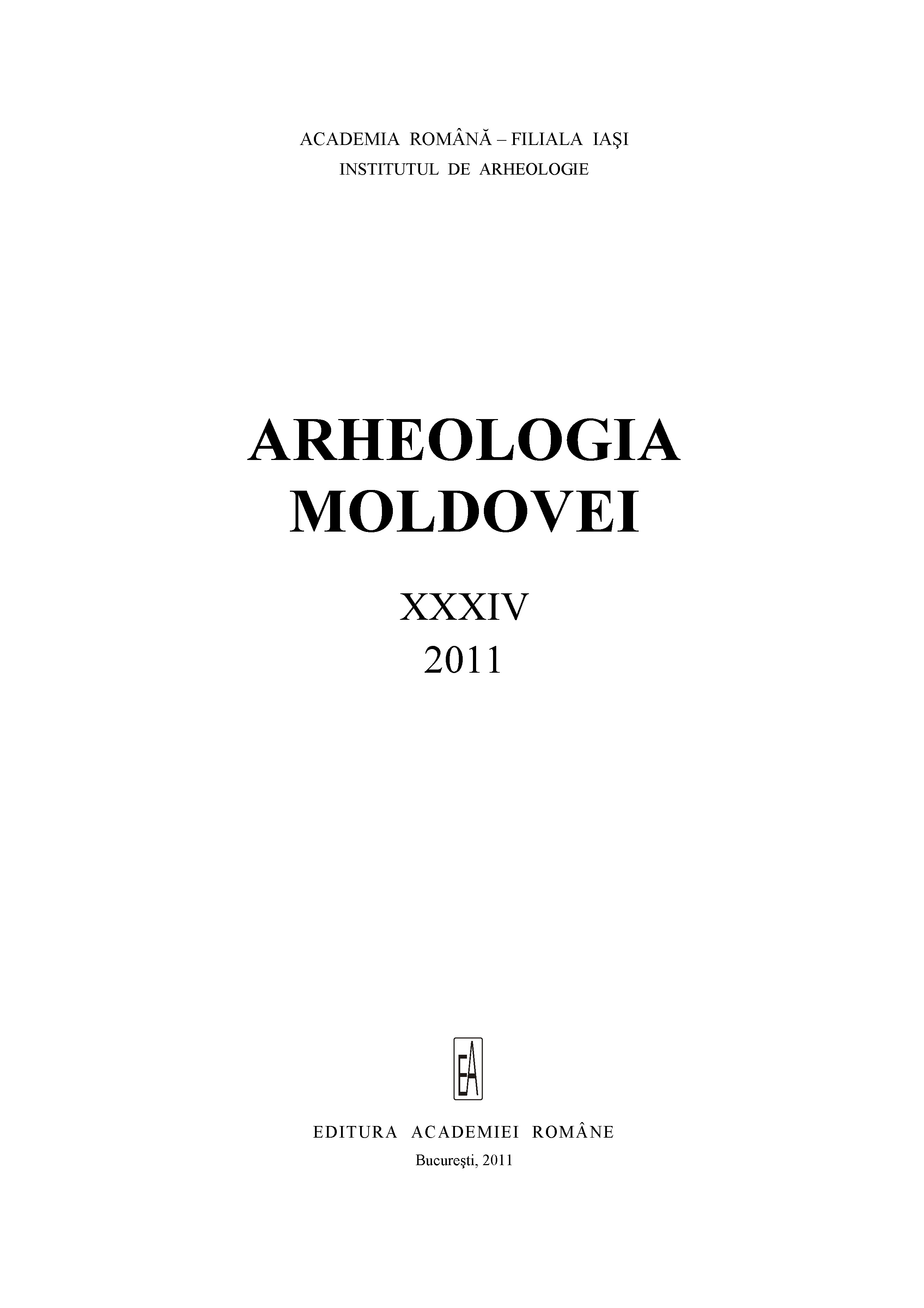MEGALIŢI ÎN CARPAŢII RĂSĂRITENI. CĂI SPRE SANCTUARELE DIN NATURĂ ŞI URMELE UNOR AŞEZĂRI. STUDIU DE ETNO-ARHEOLOGIE ŞI ETNO-RELIGIE
Megaliths in the Eastern Carpathians Mountains. Routes to the Sanctuaries in the Nature and Traces of Some Settlements. An Ethno-Archeology and Ethno-Religion Study
Author(s): Gheorghe Lazarovici, Iuliu Cristi Pop, Cornelia-Magda Lazarovici, Sote AngeleskiSubject(s): Christian Theology and Religion, Archaeology, Cultural history, Ethnohistory, Oral history, Ancient World, Comparative Studies of Religion, Religion and science , Sociology of Religion, History of Religion
Published by: Editura Academiei Române
Keywords: Megaliths; sanctuaries; ethnoarchaeology; ethnoreligion
Summary/Abstract: On the border of the Topliţa – Izvorul Mureşului Depression in the Carpathian Mountains in the northern part of it (the only investigated until now), on several mountain pathways that descend or climb from this depression to Transylvania or Moldavia many monumental stones have been discovered. These megalithic blocks of stones with signs and symbols we can find on Teasc Mountain, a high area located on the northeastern side of the Giurgeu Massive, areas from where start several pathways between Bistriţa and Călimani Mountains to the north, nearby Ceahlău Mountain to the east and Gurghiu Mountain to the west and south. Through these pathways go the main national routes that connect east west and south. On the mountain ridges, there are pathways to the north. On most of these pathways, big blocks of stones with signs and symbols have been discovered.On such big stones, several signs and symbols have been find on the Teasc Mountain. So, at the beginning of 20 centuries, 11 such stones have been discovered here and recently other 28 ones, and the investigation is not yet concluded. Primary has spread the idea of „runes”* that persist for a while, disprove by G. Bakó. On the height of several mountains there are megalithic stones with signs from different historic periods related with astronomy (as those from Gura Haitii, Teasc – Grueţu) or hermits, and in the last case, the signs has to be interpretateas marking directions, routes, locating (such as the megalith at Colţ etc.).At Remetea, in the churchyard, a big stone (1 × 0.60 × 0.50 m) was bringing without marking its place and original position. The stone has over 15 incised signs and symbols. These sorts of signs we can find on the Teasc Mountain (located on the north) and on several pathways that climb on the height of the mountains to the east and west. Sometimes the signs indicate directions (Remetea, Gălăuţaş – Toloşeni stream, Teasc Mountain – La Grueţu, ValeaStrâmbă) other times human activities (Preluca Mountain – Vârful Feţii/Face Pick, Piciorul Măştii hamlet; Gălăuţaş, Topliţa – Tarniţa Valley). On some stones, we find signs of invocation for the divine protection (orant), or the initials I(isus) H(ristos), some other times early Medieval or modern ligatures I (isus) H (ristos) T (heos) (Cotârgaşi). Some persons have written their names in relation with memories, love memories (Topliţa – Măgheruş Valley, Poiana lui Filip, Teasc– stone no. 29), or names related with occupation … on sheep/Oi, P (ăcurar) V (iorel or Vasile), or Shepherd /Păstor Ion Coşarcă 1974… (Teasc Mountain, stones no. 18, 30).
Journal: Arheologia Moldovei
- Issue Year: 34/2011
- Issue No: 1
- Page Range: 53-78
- Page Count: 26
- Language: English, Romanian

